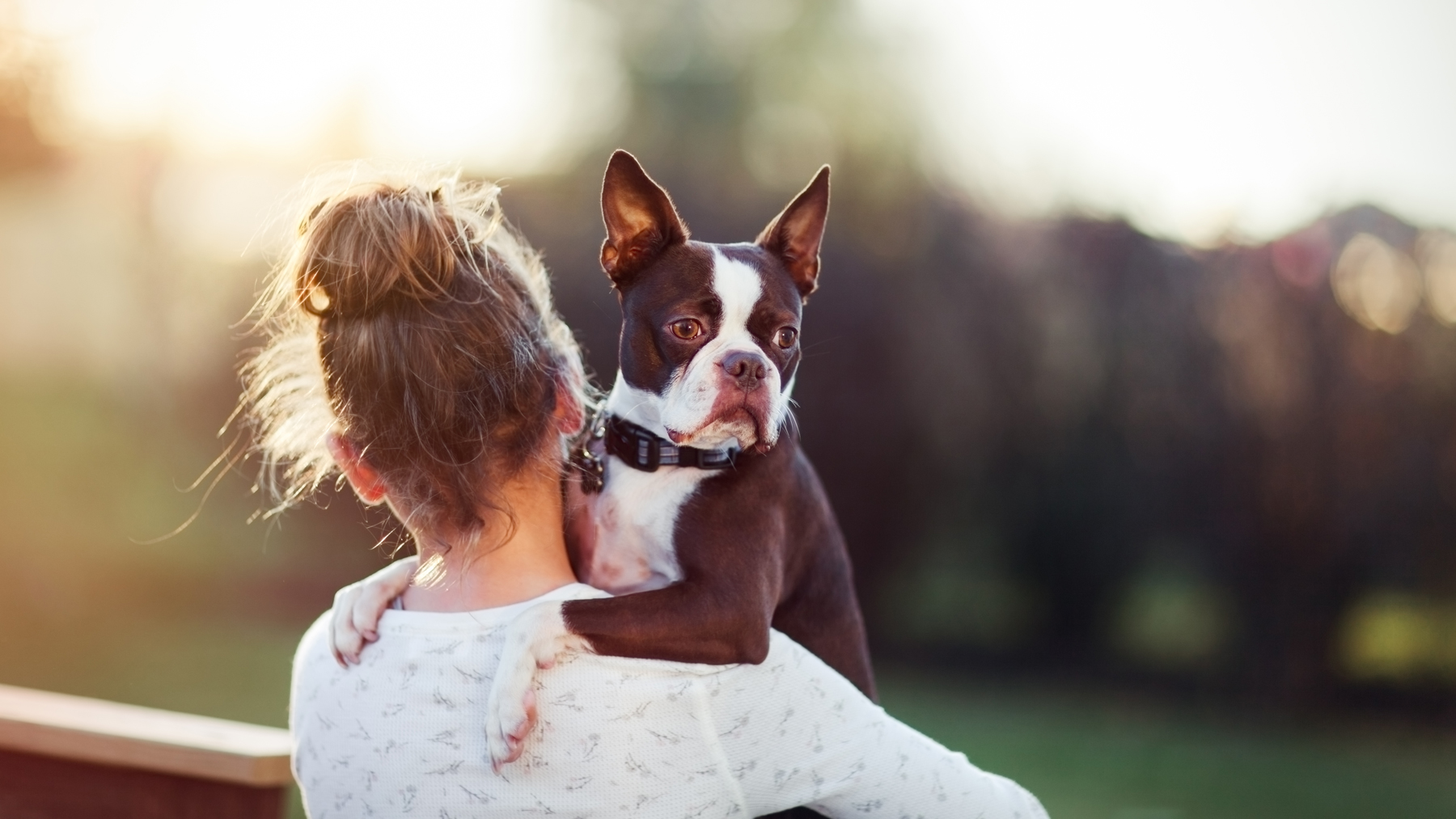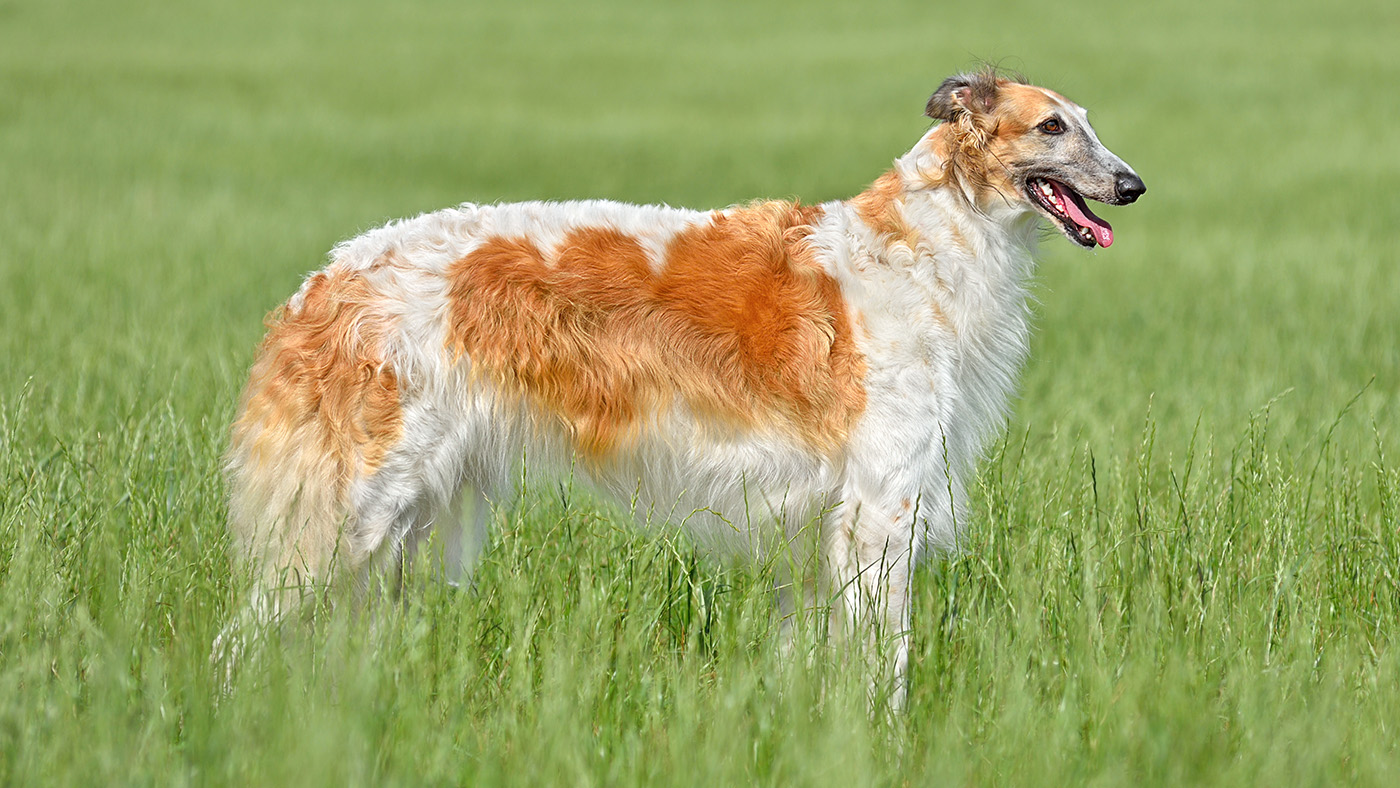Want to curb reactivity? Trainer reveals two things you need to be rewarding your dog for
Perhaps it's the little things you need to pay attention to when training your reactive pup...

Reactive dogs, they’ll cower away or bark and lunge at anything that stirs their attention, and be a real challenge to their owners. The causes for reactivity in dogs vary, from fear and anxiety to past traumas or simple overstimulation.
These outbursts can be embarrassing and stressful for dog owners, especially on walks or in social situations where you don’t have distractions like one of the longest lasting dog chews.
So, what can be done to help our furry friends become calmer and less reactive? Carolyn from Good Dog Training, with her fourteen years of professional dog training experience, has shared some expert insights with her Instagram followers.
In an Instagram video, she emphasizes that rewarding two specific behaviors is key to achieving better results. Her method revolves around rewarding the following 1) Calmly looking at other dogs and 2) Looking away from them and back at her.
A post shared by Good Dog Training (@gooddog.training)
A photo posted by on
For Carolyn, these two behaviors hold the key to managing reactivity in dogs effectively. She uses steak and pork chops with Oak, the German Shepherd puppy, she works with in the video but any of your pup's favorite snacks will work as a reward, like squeezy cheese or some of the best dog treats.
But it's not just about the treats. Carolyn also highlights the importance of the way you use your voice, tone and body language when working with a reactive dog. Keeping both calm and relaxed is essential during these training sessions. Dogs are experts at picking up on our emotions, so maintaining a positive and soothing demeanor helps create a safe and non-threatening environment for them.
Now, let's delve deeper into why these two behaviors are so crucial when addressing reactivity in dogs.
PetsRadar Newsletter
Get the best advice, tips and top tech for your beloved Pets
1) Calmly looking at other dogs: Rewarding your dog for calmly looking at other dogs teaches them an alternative response to their usual reactive behavior. Instead of immediately reacting with barking and lunging, they learn that simply observing another dog is a positive action, one that leads to reward.
2) Looking away and back at you: This behavior is equally important. When your dog shifts their attention away from the triggering stimulus and back to you, it signifies their trust in you as their owner. It also demonstrates their willingness to follow your cues, making them more receptive to your guidance during stressful situations.
Remember, reactivity can be a complex issue, and if you are getting anywhere with training at home it's a good idea to work with a professional trainer or behaviorist when addressing it.

With over a year of writing for PetsRadar, Jessica is a seasoned pet writer. She joined the team after writing for the sister site, Fit&Well for a year. Growing up with a lively rescue lurcher kindled her love for animal behavior and care. Jessica holds a journalism degree from Cardiff University and has authored articles for renowned publications, including LiveScience, Runner's World, The Evening Express, and Tom's Guide. Throughout her career in journalism she has forged connections with experts in the field, like behaviorists, trainers, and vets. Through her writing, Jessica aims to empower pet owners with accurate information to enhance their furry companions' lives.
